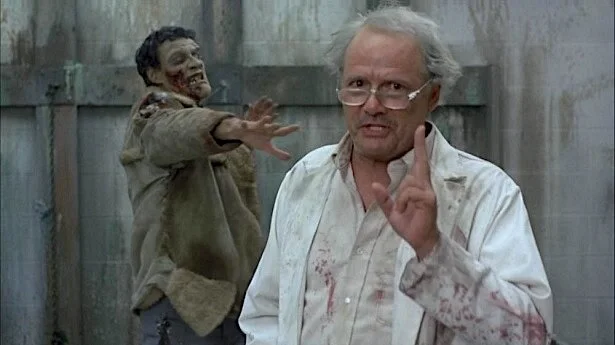For over a decade, Bob and Jim Varner weren’t just people I bought wine from, they were my neighbors and customers. Those of you who know me from the Bay Area days probably remember the Varner wines well; I was putting a bottle of their Foxglove wines or Varner Santa Cruz Chardonnay into anyone’s hands who would listen. Bob and Jim lived just down the street from the store, and were always a welcome sight to see browsing the aisles. We loved selling their wines with a passion.
COVID has not been kind to a number of boutique winemakers, however—especially high-end niche labels like Varner. Restaurants are a big part of their business, with sommeliers across California doing the heavy lifting. Given that many of these restaurants closed or shuttered during 2020 and into 2021, there was a lot of Varner inventory that didn’t get moved. Not because the wines aren’t simply amazing, but rather because their best customers were out of business.
Flash-forward to this week, when we were able to help ease the pressure on some of that old inventory and put the wines into the hands of our thirsty Mission customers. When I tell you that this is a deal almost too good to be true, I’m not kidding. I was pinching myself all night, thinking these wines might not show up today, but thank goodness they did.
Given that both wines have 5-6 years of bottle age, they're both in a beautiful place as most of the cellaring has been done for you!
2016 Varner El Camino Vineyard Santa Barbara County Chardonnay $16.99 (ELSEWHERE $25+) - Before you dive into the Pinot Noir, it’s important to know this wine has been in the bottle for six years now and is evolving into the secondary state of its existence. For me that’s a HUGE bonus, but if you don’t like older wines, especially Pinot Noir, that flavor profile could come as quite a surprise. The juicy, soft berries are almost just a whisper, replaced by dried leaves, a bit of burnt earth, and a savory sauvage character that I look for in my favorite red Burgundy. I can't get enough of it.
2015 Varner Los Alamos Vineyard Santa Barbara County Pinot Noir $13.99 (ELSEWHERE $25+) - The Chardonnay is magnificent. It’s everything I want from cold climate California Chardonnay: crisp, clean stone fruit, salinity on the mid-palate, snappy acidity on the back of the palate, minimal to no oak, fresh on the finish. D-E-L-I-S-H! I would happily pay $30 for this, but lucky for me I get it for about half price now.
I’m putting 3 bottles of each away for Thanksgiving now, as there’s no way you’ll find a better pairing for turkey than these wines, and you’ll never get anything this good for this price between now and then. I'm hoping you all enjoy these wines as much as I do!
-David Driscoll






